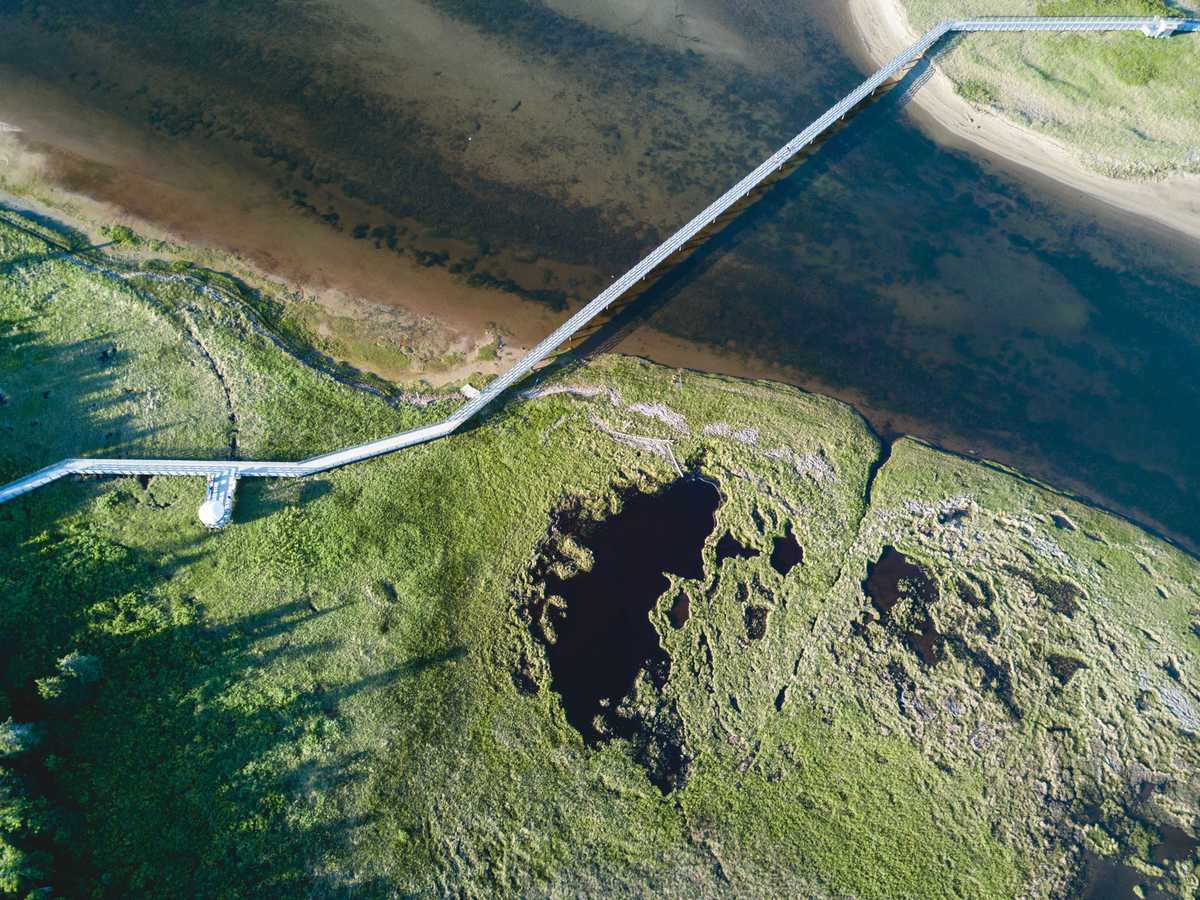
References
Key resources used to develop DataStream features
Map Layers
Watershed boundaries delineated on DataStream are consistent with Water Survey of Canada Sub-Drainage Areas (WSCSDA). To understand how these watersheds relate to other drainage areas in Canada, including major river and ocean drainage areas, and lower order watersheds, see Statistics Canada’s Standard Drainage Area Classification. These watersheds are also consistent with the work unit of the National Hydrographic Network.
The Atlantic DataStream boundary comprises all sub-drainage areas within New Brunswick, Nova Scotia, Prince Edward Island, and Newfoundland and Labrador. Watersheds have not been clipped to provincial boundaries and in some cases overlap with Québec and the state of Maine.
Map Layer Sources
Contains information licensed under the Open Government Licence – Canada.
Transboundary watershed data extracted from a combined dataset for North America published by the Commission for Environmental Cooperation (CEC).
Water Quality Guidelines
DataStream displays national guidelines for the protection of aquatic life that are published by the Canadian Council of Ministers of the Environment (CCME) and the United States Environmental Protection Agency (US EPA).
We have compiled a Water Quality Guideline Summary Spreadsheet that lists all CCME and US EPA guidelines for the protection of aquatic life, their translation to DataStream characteristic names, corresponding equations (where applicable), and links to source/reference material for each guideline.
Calculated Guidelines
The following table outlines all characteristics that use equations to determine their guidelines as well as the characteristic that these equations are dependent on. These calculated guidelines relate to freshwater guidelines only. To view the equations in their entirety, please see DataStream’s Water Quality Guideline Summary Spreadsheet.
Characteristics with Calculated Guidelines and Their Dependencies
| Characteristic Name | Guideline Type | Guideline Publisher | Characteristics used in calculating the guideline |
|---|---|---|---|
Aluminum | Chronic | CCME | pH |
Ammonia | Acute, Chronic | USEPA | pH, Temperature |
Cadmium | Acute, Chronic | CCME | Total hardness |
Cadmium | Acute, Chronic | USEPA | Total hardness |
Chromium (III) | Acute, Chronic | USEPA | Total hardness |
Copper | Chronic | CCME | Total hardness |
Lead | Chronic | CCME | Total hardness |
Lead | Acute, Chronic | USEPA | Total hardness |
Nickel | Chronic | CCME | Total hardness |
Nickel | Acute, Chronic | USEPA | Total hardness |
Pentachlorophenol | Acute, Chronic | USEPA | pH |
Silver | Acute | USEPA | Total hardness |
Zinc | Acute, Chronic | CCME | Dissolved organic carbon, Total hardness |
Zinc | Acute, Chronic | USEPA | Total hardness |
Hardness Calculations and Conversions
Both US EPA and CCME guidelines contain equations that are hardness dependent. The hardness for these guidelines is expressed in ‘Total hardness’ with units of mg/l and speciation ‘as CaCO3’. ‘Hardness, Ca, Mg’ can also be used instead of ‘Total Hardness’ as they are synonymous.
When ‘Total hardness’, or ‘Hardness, Ca, Mg’ exists with either a different unit or speciation, the original value is multiplied by the corresponding conversion factor to obtain the standard units and speciation.
Hardness Conversion Table
| Characteristic Name | Unit | Conversion Factor |
|---|---|---|
Total hardness | mg/L CaCO3 | 1 |
Total hardness | ppm CaCO3 | 1 |
Total hardness | mmol/L CaCO3 | 9.99E-03 |
Total hardness | mval/L (meq/L) CaCO3 | 2.00E-02 |
Total hardness | mg/L CaO | 0.56029 |
Total hardness | German degrees (dH) | 5.60E-02 |
Total hardness | French degrees (fH) | 0.1 |
Total hardness | English degrees (e) | 7.02E-02 |
Total hardness | gr/gal(US) | 5.84E-02 |
If neither ‘Total hardness’ or ‘Hardness, Ca,Mg’ exists, ‘Total hardness’ can be calculated using the following equation and concentrations of ‘Magnesium’ (Mg2+) and ‘Calcium’ (Ca2+) in mg/l.
Total Hardness [CaCO3] = 2.497*[Ca2+] + 4.118*[Mg2+]
If neither ‘Total hardness’ or ‘Hardness, Ca,Mg’ exists, and both concentrations of ‘Magnesium’ (MG2+) and ‘Calcium’ (Ca2+) don’t exist, ‘Total hardness’ can be calculated using the following equations along with ‘Hardness, magnesium’ and ‘Hardness, calcium’ in mg/L.
Total Hardness [CaCO3] = ‘Hardness, magnesium’ + ‘Hardness, calcium
Finally, if none of the previous characteristics required are available, the ‘Total hardness’ can be calculated using the following equation and ‘Hardness, carbonate’ and ‘Hardness, non-carbonate’ in mg/L.
Total Hardness [CaCO3] = Hardness, carbonate + Hardness, non-carbonate
Water Quality Guideline Sources
- DataStream (2019). Water Quality Guidelines Summary Spreadsheet.
- Canadian Council of Ministers of the Environment (2019). Summary Table.
- Canadian Council of Ministers of the Environment (2007). A Protocol for the Derivation of Water Quality Guidelines for the Protection of Aquatic Life 2007.
- United States Environmental Protection Agency (2019). National Recommended Water Quality Criteria - Aquatic Life Criteria Table.
- United States Environmental Protection Agency (2010). Guidelines for Deriving Numerical National Water Quality Criteria for the Protection Of Aquatic Organisms and Their Uses.
Science Explainers
- Atlantic Water Network. 2019. WET-Pro Online Water Quality Training Modules. https://wet-pro.ca
- Canadian Council of Ministers of the Environment. 2011. Protocols Manual for Water Quality Sampling in Canada. ISBN 978-1-896997-7-0. http://protocols.ccme.ca
- Canadian Council of Ministers of the Environment. Canadian Environmental Quality Guidelines. http://ceqg-rcqe.ccme.ca/en/index.html
- Government of the Northwest Territories. Water Quality Parameters and Contaminants Fact Sheets. https://www.enr.gov.nt.ca/en/services/water-management-and-monitoring/reports-and-publications-water-management
- Government of the Northwest Territories. 2012. Experiential Science 30 – Freshwater Systems. Pacific Educational Press, Faculty of Education, University of British Columbia.
- Northern Ecological Monitoring and Assessment Network (EMAN-North). 2005. Northern Waters: A Guide to Designing and Conducting Water Quality Monitoring in Northern Canada.